Lilac – a beautiful and aromatic plant is also used to make medicinal oil
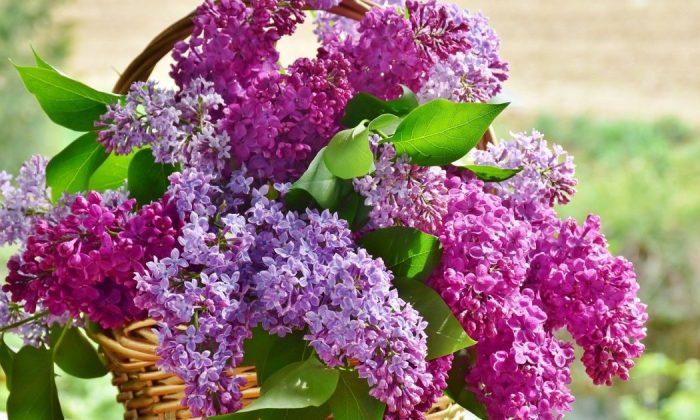
Lilac is one of the main symbols of spring. This beautiful shrub gives off so much fragrance that it is impossible not to notice it. It is also a symbol of the end of the Second World War and a great medicinal plant too. Lilac is still used for the production of high-quality oil, syrup and also as a part of various bandages. In this article, we shall focus mainly on lilac oil and take a look at its healing effects, production and use.
What are the healing effects of lilac oil?
When you mix lilac oil is with a carrier oil, you will get a potent mixture with many positive effects such as:
- antibacterial effects,
- antiseptic effects,
- faster healing of minor abrasions,
- headache relief,
- sedative effects,
- soothing effects,
- aromatherapy.
There is also a belief that lilac reduces quarrels and unites people and of course, it is used to smooth out wrinkles and rejuvenate skin.
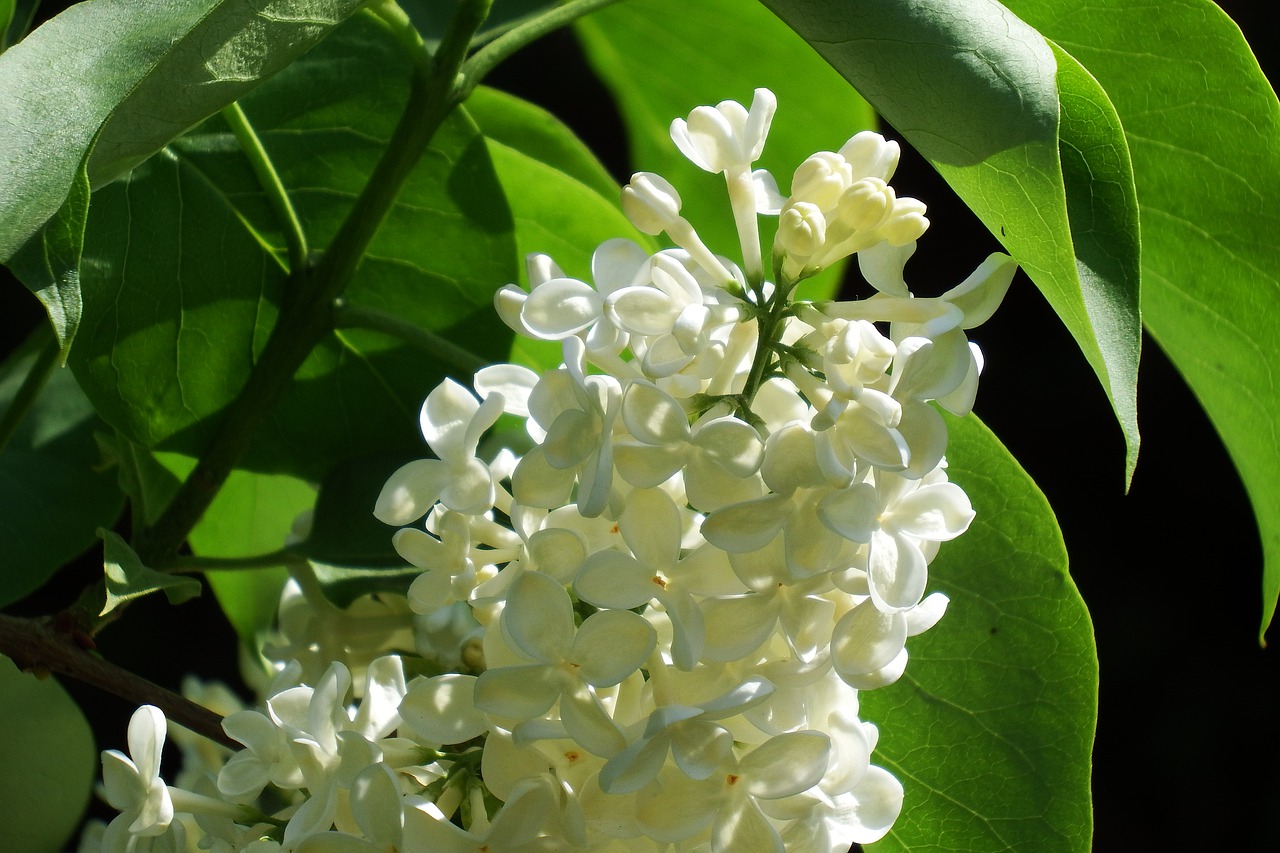
How to make lilac oil
First, you need to collect the flowers.Start at the beginning of May and only take the ones that are really open. Once you have enough put them in a washed, dry and re-sealable jar and pour oil in. You can use almond, sunflower, jojoba or any other oil. Heat the bottle but do not bring it to a boil. Now, put the bottle in a warm and bright place and let the mixture infuse for another week.Shake the glass regularly. When done, strain the oil through a cloth into smaller glasses.
Observe safety when using lilac oil
Lilac oil should be used in moderation. First, apply a small amount of oil on the area you want to treat to find out if an allergic reaction occurs. Pregnant or lactating women should use the oil only after a prior consultation with a physician. Lilac oil is not suitable for small children.
Preview photo: Pixabay

Gardening is my hobby, I have a lot of experience and I am happy to share it.
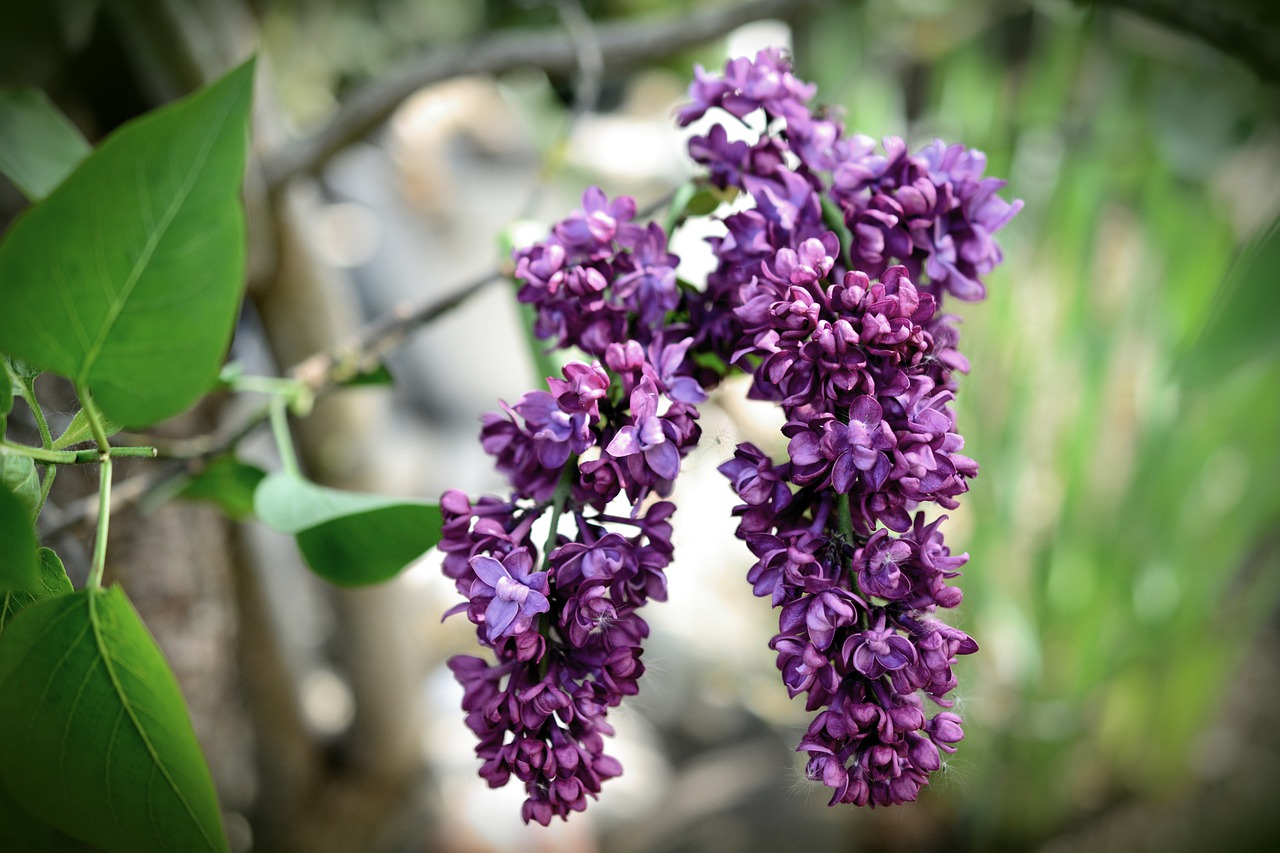






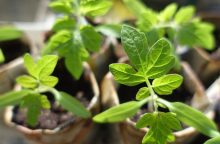
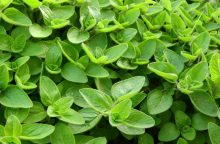
0 comments